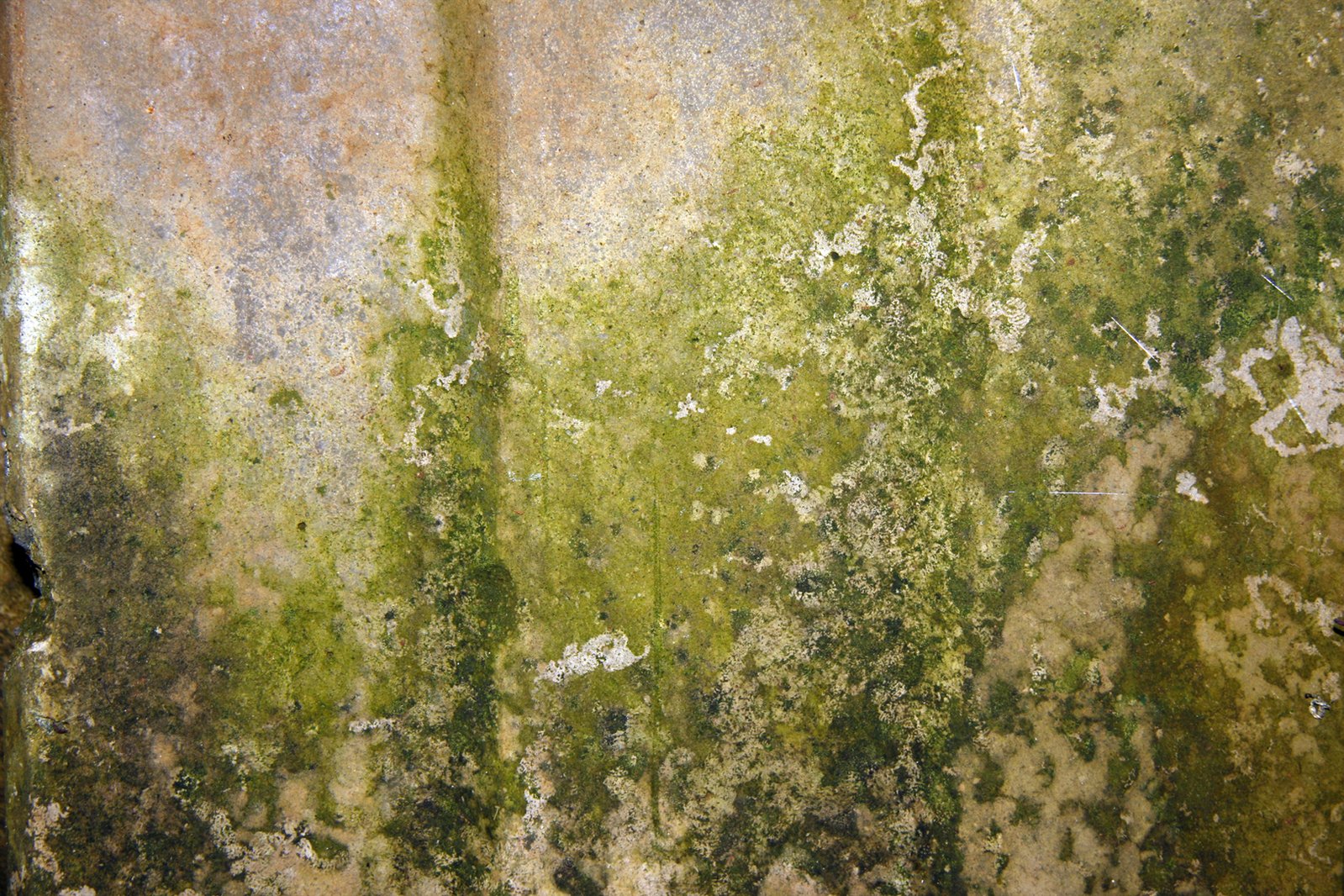It’s difficult to pinpoint the exact number of different kinds of mold out there, but researchers estimate that there are between tens of thousands to hundreds of thousands of different varieties living all around us. The fact is this: mold is literally everywhere, but in the right conditions, mold can become hazardous to your and your house’s health.
It is important for people to be able to recognize the presence of mold in order to safeguard their family’s health. There are instances when mold infestation becomes so widespread that it is very difficult for the homeowner to control the growth anymore. In cases like this, it is necessary to call in professional mold removal companies whose experience and tools are suited for the purpose.
The following are the most common types of mold:
- Cladosporium – This type of mold usually lives in wood floorboards and cabinets as well as carpets and fabrics. Unlike other molds, it thrives in both cool and warm areas of the house. It is common for people to develop respiratory problems when Cladosporium molds are present.
- Aspergillus – Aspergillus mold is widespread and causes minor reactions if you breathe it in. Reactions to aspergillus mold include allergic reactions, respiratory infections, and inflammation of the lungs.
- Penicillium – These are the molds that thrive in indoor areas of the house such as water damaged furniture, insulation, and furnishings. This type of mold reproduces quickly throughout the house causing sinus infections, allergic reactions, and lung inflammation.
- Aureobasidium – This type of mold is usually black or pink, and it lives on painted or wallpapered walls, in caulking, and on wooden furniture. Inhalation of aureobasidium mold results in allergic reactions that can be more severe than those caused by the other types of molds.
- Alternaria – This type of mold is found both indoors and outdoors. It usually thrives in dark, damp areas in the house such as the sink area, shower, and dark, wet places outside. Inhalation of Alternaria molds can result in allergic reactions and asthma attacks.
- Chaetomium – This is the type of mold found in drywall that has been exposed to water. You can tell this kind of mold is present if you smell a musty odor in the house.
- Fusarium – This type of mold has the tendency to grow in cold and wet areas, such as the carpeted parts of the house. Exposure to Fusarium mold can result in allergic reactions, lung inflammation, and respiratory infections.
Mold can be very toxic and cause long-lasting effects on your health. Certain people, such as children, the elderly, pregnant women, and those with compromised immune systems, are more vulnerable to the effects of mold.
Some people are highly sensitive to mold, but even among the healthiest individuals, mold sensitivity can increase with prolonged exposure. Mold can trigger a sore throat, coughing, watery or dry eyes, congestion, irritated skin, headaches, allergic reactions, and other infections.
If you notice any mold in your home, you need to remediate immediately. Delaying can cause severe health complications to people who are exposed to it. If you feel like the problem is beyond your capabilities, do not hesitate to contact a mold cleanup professional who can get the job done right.

